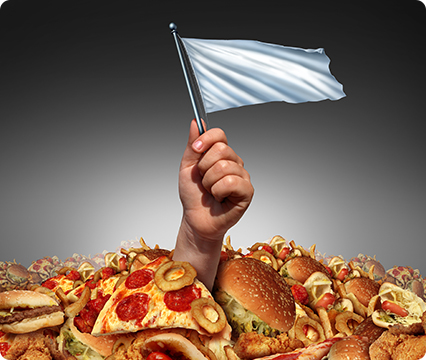Do restrained eaters show increased BMI, food craving and disinhibited eating? A comparison of the Restraint Scale and the Restrained Eating scale of the Dutch Eating Behaviour Questionnaire
Different measures of restricted eating have been linked to various dietary practices while employed interchangeably. Due to these variations, it has been challenging for researchers to evaluate data and choose the best measure for their research, which has hindered replication throughout the restraint literature. This study by Adams et al. (2019) compared the Restraint Scale (RS) and its subscales to the Dutch Eating Behaviour Questionnaire (DEBQ) across a sample of 1731 people in terms of several qualities associated with overeating. The goal was to examine any potential differences between these two surveys in order to determine which one would be the best to use as a prescreening tool for therapies involving eating. Despite high degrees of correlation between the two measures, the results showed that the RS had a stronger association with food cravings, disinhibited and external eating, and body mass index. The authors postulate that the RS is a more suitable measure for identifying people who struggle the most to regulate their intake of food than the DEBQ. [NPID: Food craving, assessment measures, dietary restraint, body mass index, restrained eating, disinhibited eating]
Year: 2019
 Navigation
Navigation






